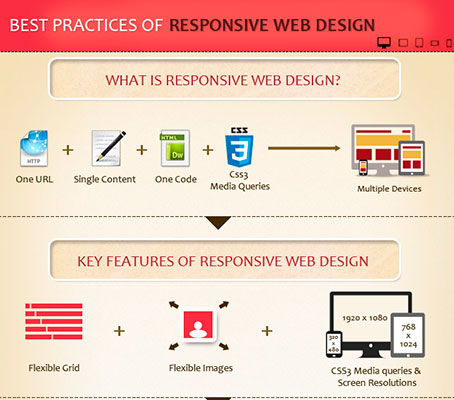Intrigued In Discovering Just How Internet Site Layout Has Changed Throughout The Years? Discover The Trip
Intrigued In Discovering Just How Internet Site Layout Has Changed Throughout The Years? Discover The Trip
Blog Article
Material Composed By-Kahn Hyldgaard
In the past, internet sites were basic and concentrated on info. Navigation was straight, and style was for desktops. Now, individual experience is key. Information guides styles for simple navigating. Receptive layouts fit different devices. Today, dark setting reduces strain, and minimalist food selections enhance navigating. Interactive features engage customers, and bold visuals stand out. AI integration enhances involvement. See how style has actually developed to boost your online trip.
Early Days of Website Design
In the early days of web design, simpleness reigned supreme. Websites were standard, with restricted shades, typefaces, and designs. The focus got on giving info as opposed to fancy visuals. Individuals accessed the net with slow-moving dial-up links, so speed and capability were vital.
Navigating food selections were straightforward, commonly situated on top or side of the page. Web sites were made for desktop computers, as mobile surfing had not been yet common. Web content was king, and developers prioritized simple readability over complex layout aspects.
HTML was the main coding language made use of, and developers needed to function within its constraints. Animations and interactive attributes were minimal contrasted to today's criteria. Websites were static, with little vibrant content or customized customer experiences.
Surge of User-Focused Style
With the development of website layout, a shift towards user-focused style concepts has ended up being increasingly prominent. Today, developing web sites that prioritize user experience is essential for involving site visitors and accomplishing business objectives. User-focused style includes recognizing the demands, preferences, and habits of your target market to tailor the website's format, material, and includes as necessary.
Developers now conduct comprehensive research study, such as customer studies and usability testing, to gather understandings and comments directly from individuals. This data-driven method assists in producing instinctive navigating, clear calls-to-action, and aesthetically attractive interfaces that reverberate with visitors. By placing the individual at the facility of the style process, websites can provide a much more individualized and delightful experience.
Receptive design has also emerged as a key aspect of user-focused design, guaranteeing that sites are enhanced for numerous devices and screen sizes. This flexibility boosts availability and functionality, dealing with the varied ways customers engage with web sites today. Fundamentally, the increase of user-focused layout symbolizes a change in the direction of developing digital experiences that focus on the demands and expectations of the end individual.
Modern Trends in Website Design
Check out the most recent fads shaping website design today. One popular pattern is dark setting style, offering a smooth and contemporary appearance while lowering eye pressure in low-light environments. Another essential trend is minimalist navigation, streamlining menus and improving customer experience by concentrating on essential elements. Incorporating micro-interactions, such as computer animated switches or scrolling results, can develop a more engaging and interactive web site. Receptive design continues to be crucial, making sure seamless customer experiences throughout various tools. Furthermore, making use of bold typography and unbalanced designs can include visual rate of interest and accentuate particular content.
Incorporating AI innovation, like chatbots for consumer support or tailored referrals, boosts user involvement and improves procedures. Availability has likewise end up being a substantial fad, with designers prioritizing inclusive style techniques to cater to diverse individual demands. Accepting sustainability by enhancing site efficiency for speed and performance is one more arising pattern in web design. Collaborating with individual feedback and data analytics to iterate and enhance style constantly is crucial for remaining pertinent in the ever-evolving electronic landscape. By accepting these modern fads, you can create an aesthetically enticing, user-friendly internet site that reverberates with your target market.
https://www.nytimes.com/2021/11/02/business/media/meta-ad-strategy-facebook-scandal.html
As you review the development of internet site layout from the early days to currently, you can see exactly how user-focused layout has actually become the driving pressure behind modern patterns.
Accept the trip of change and adjustment in website design, constantly keeping the user experience at the leading edge.
Keep existing with the latest trends and technologies, and never quit advancing your approach to produce aesthetically magnificent and easy to use sites.
Evolve, adapt, and produce - the future of website design remains in your hands.
